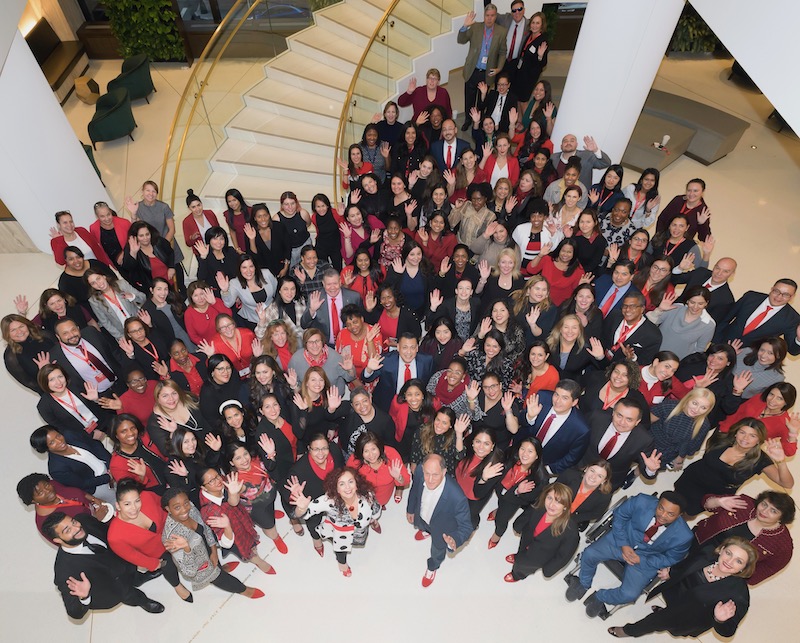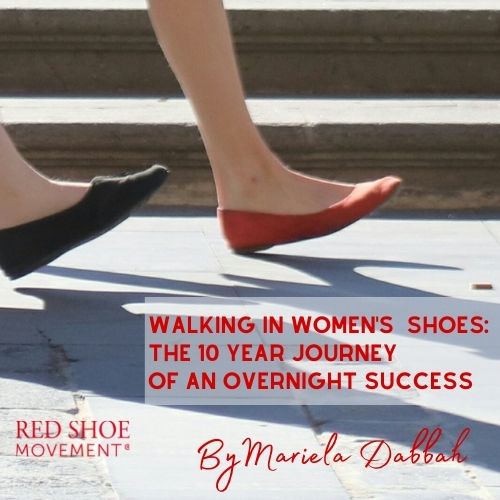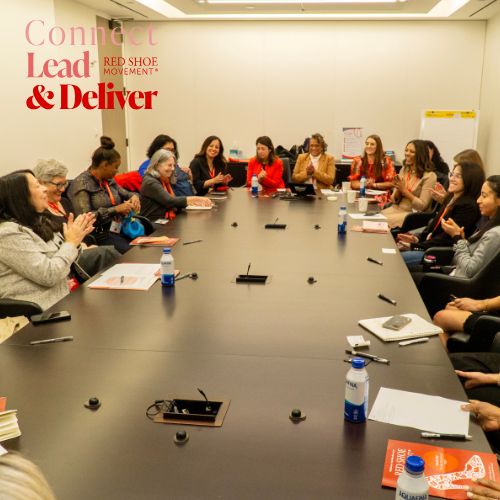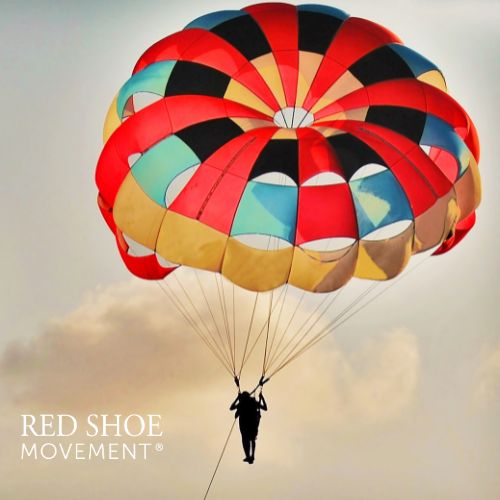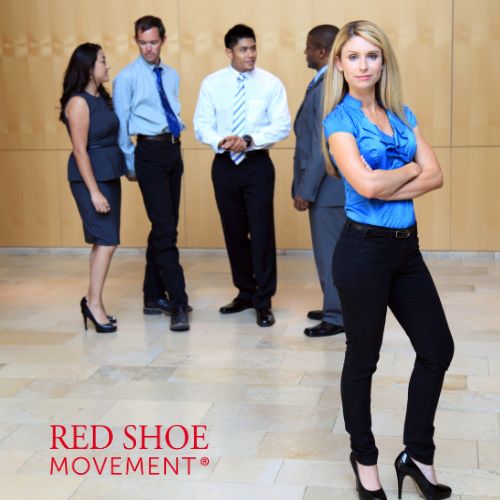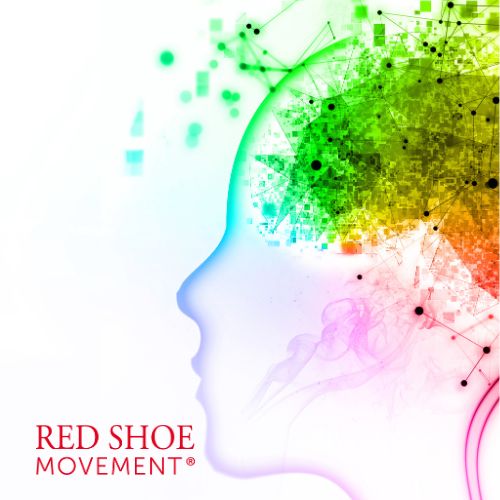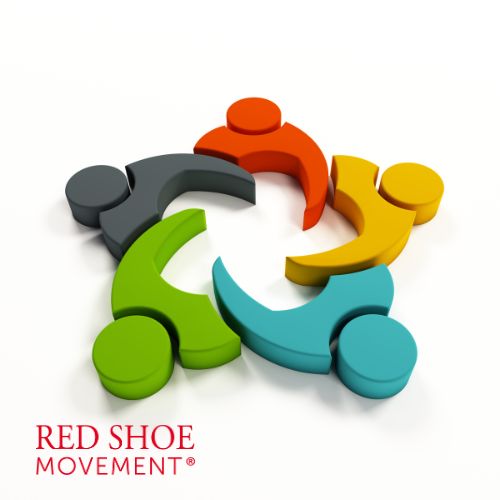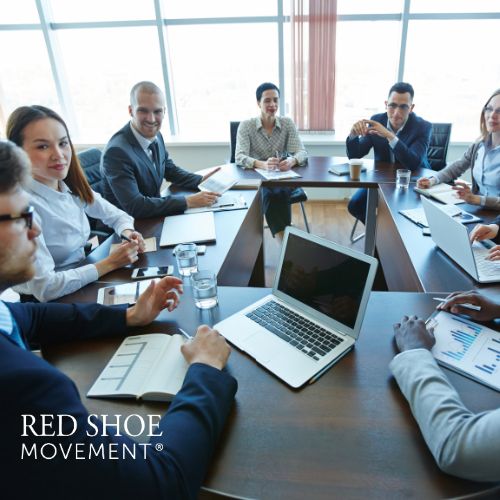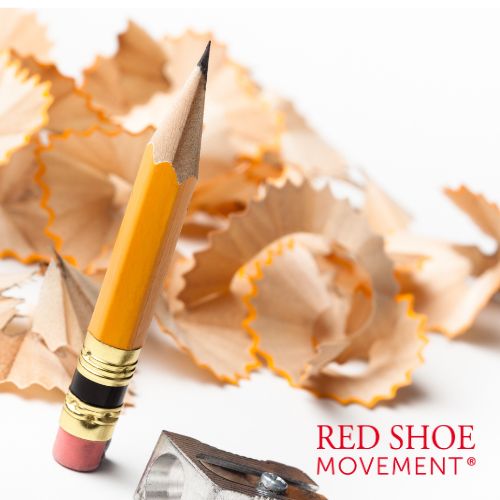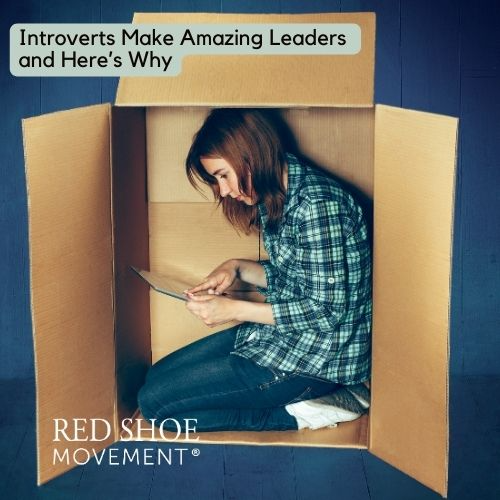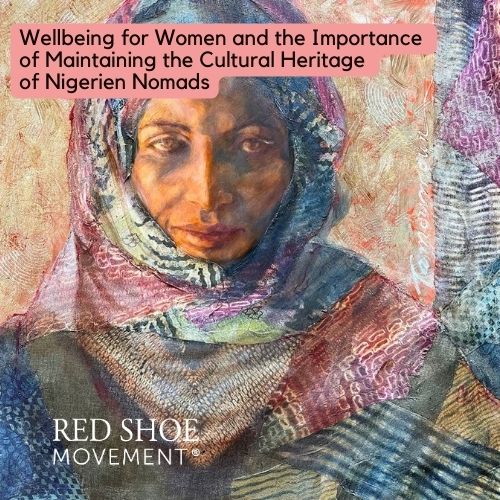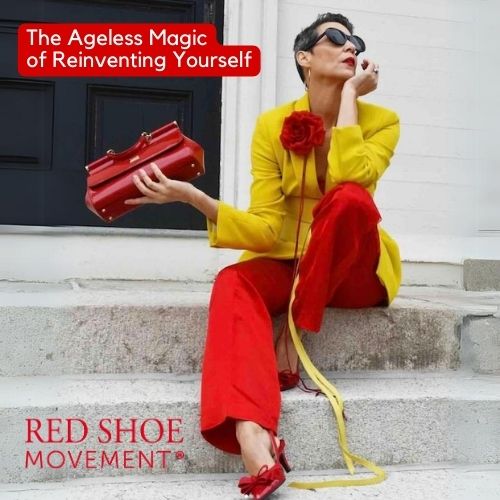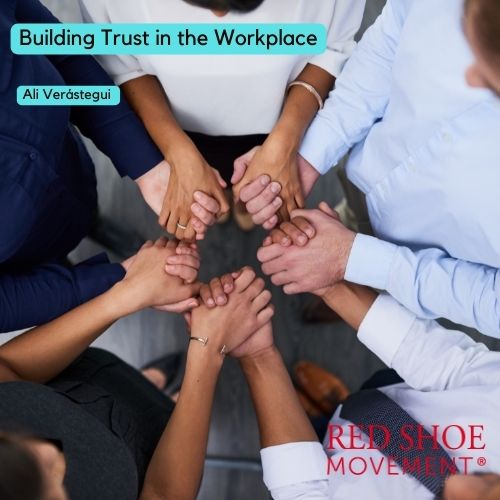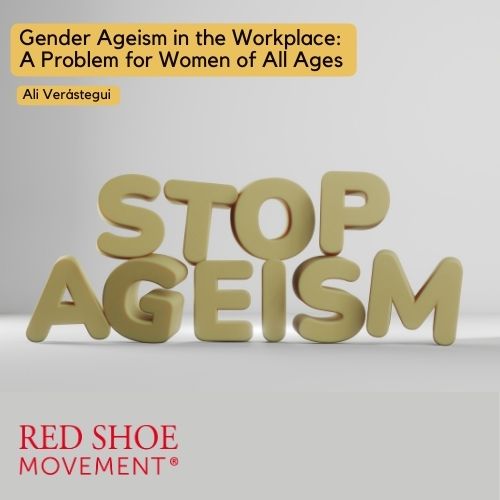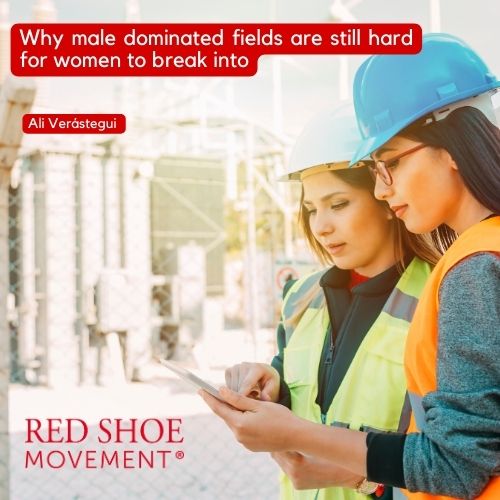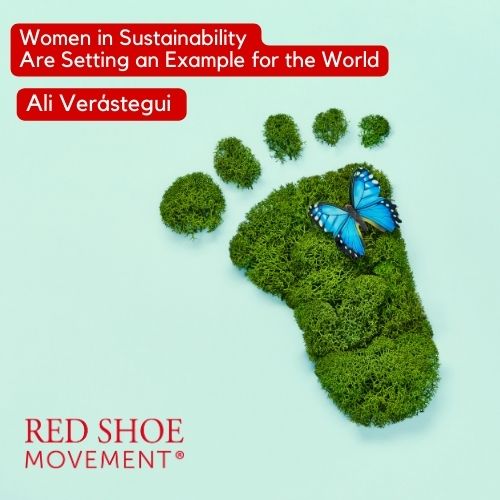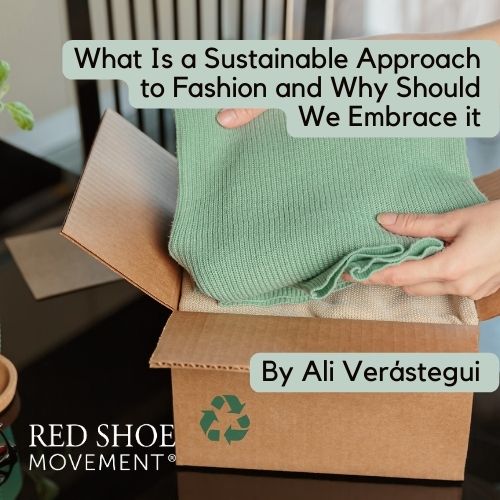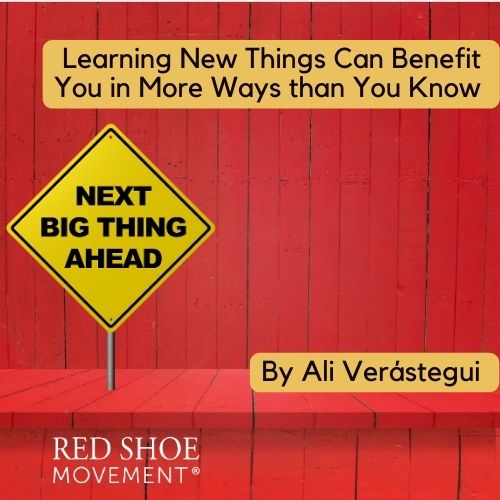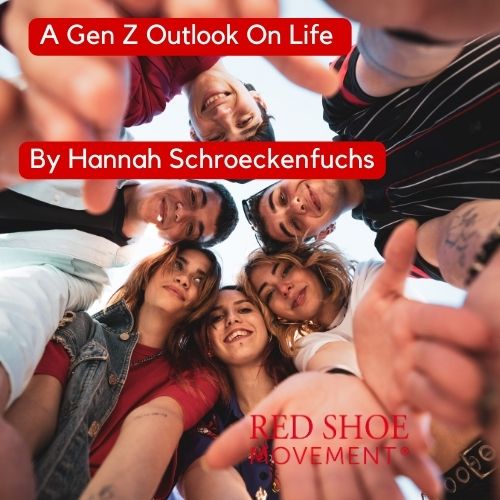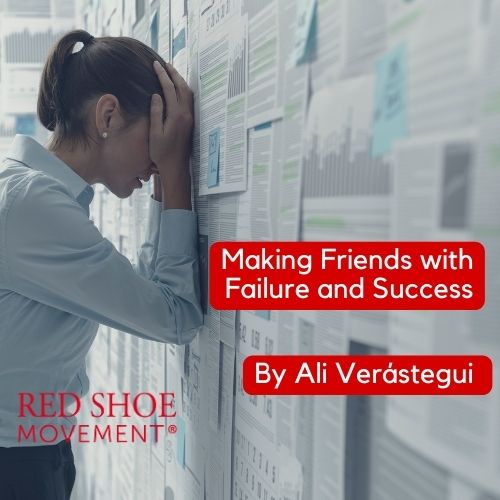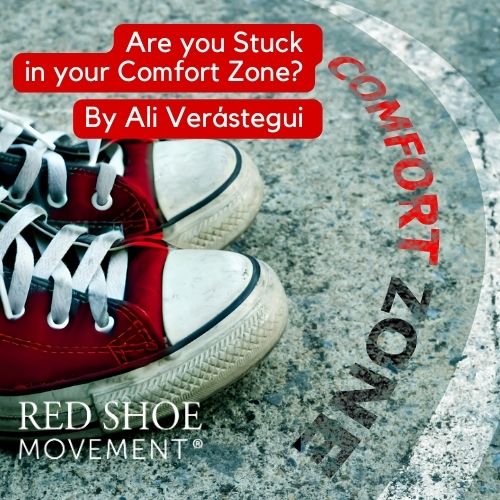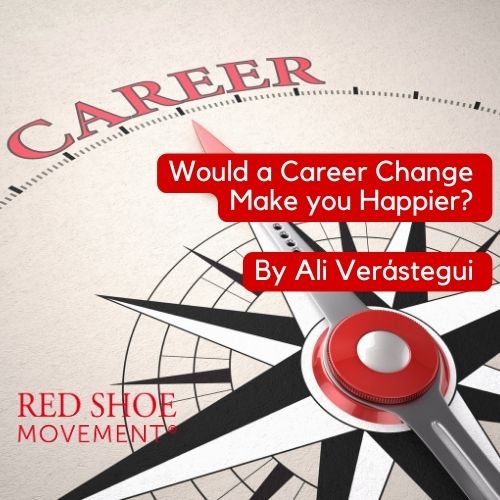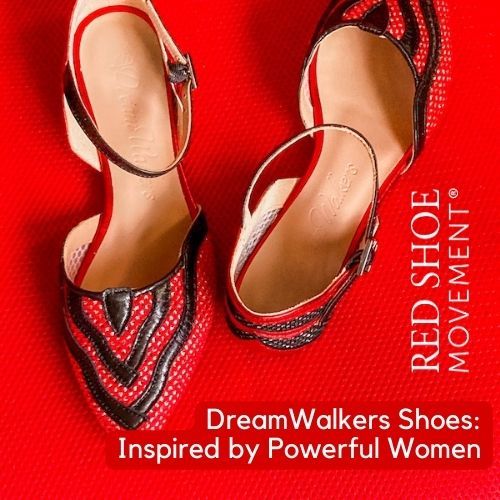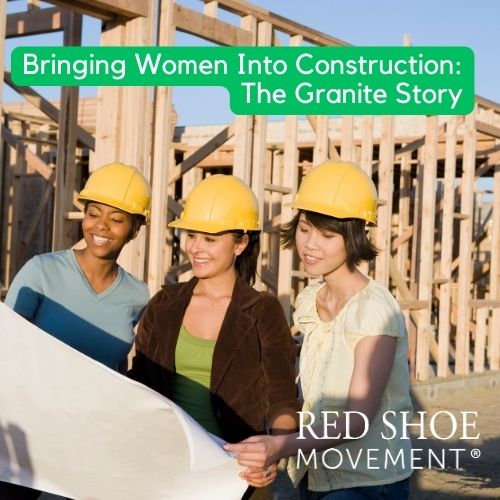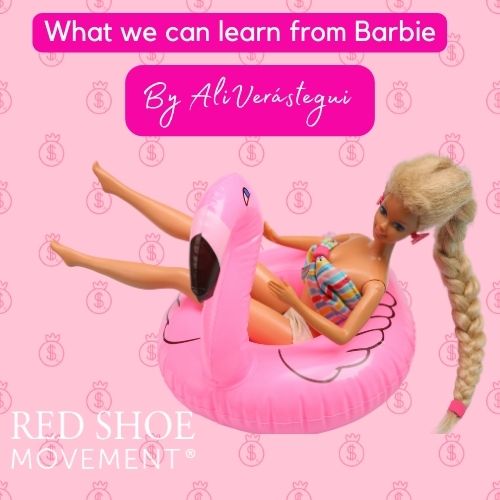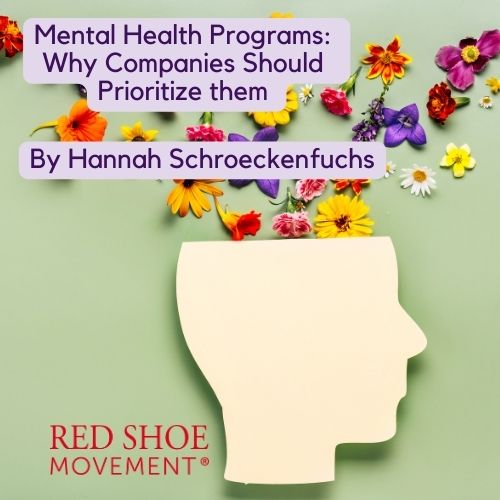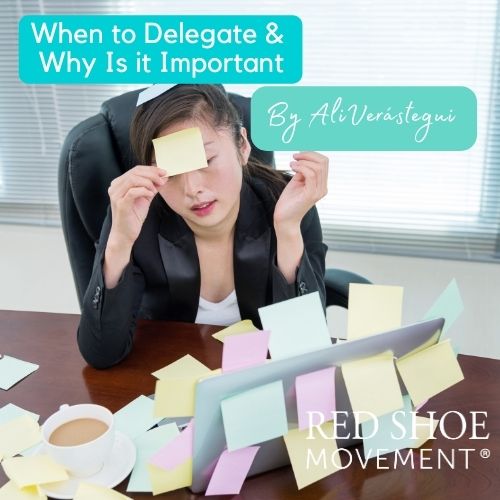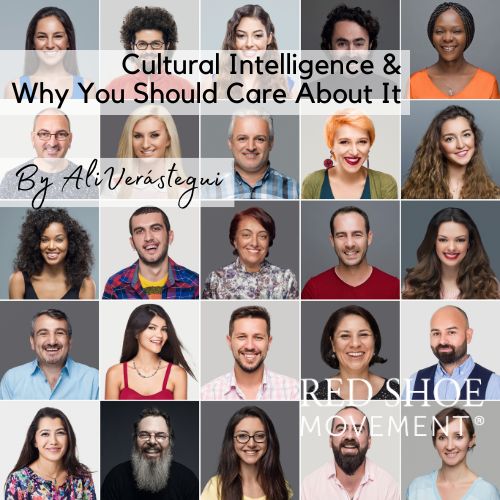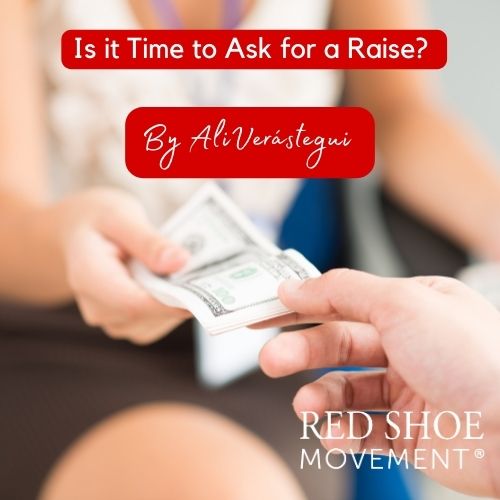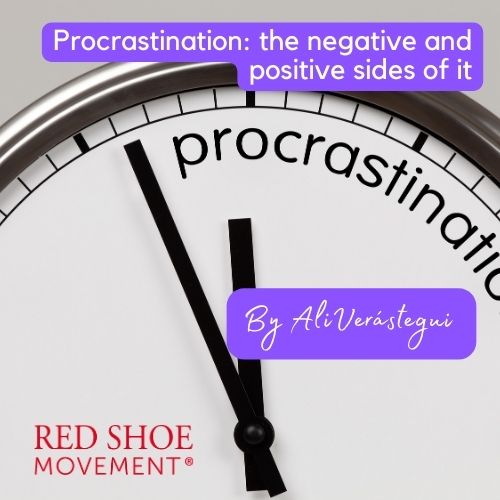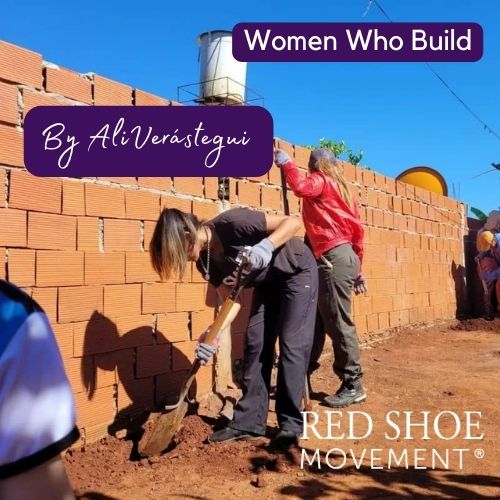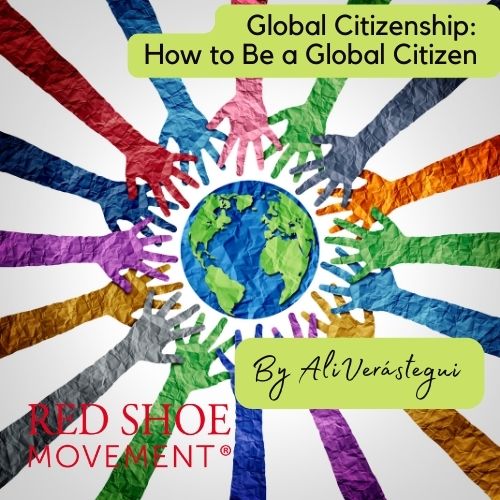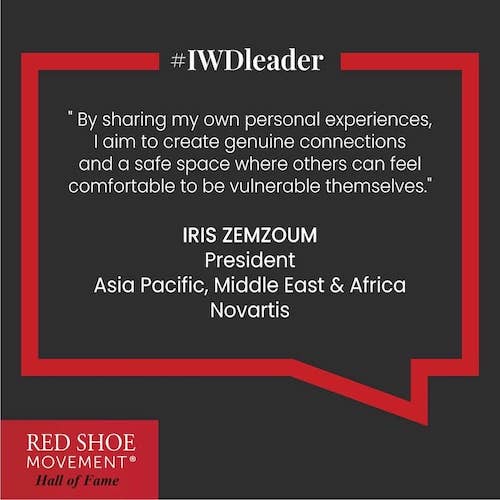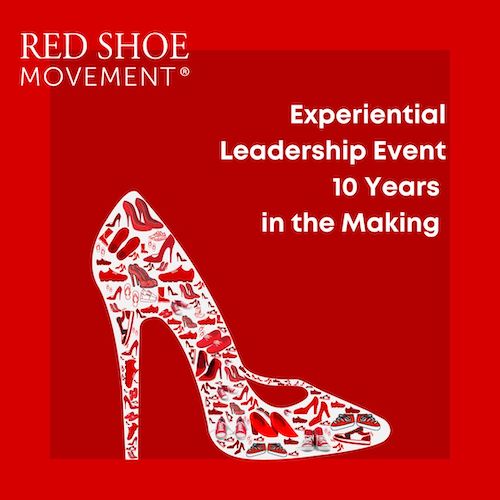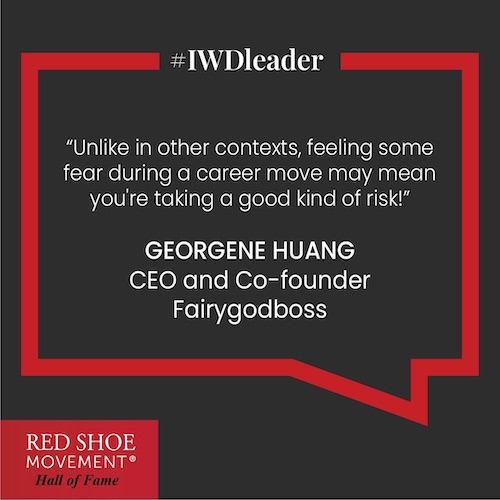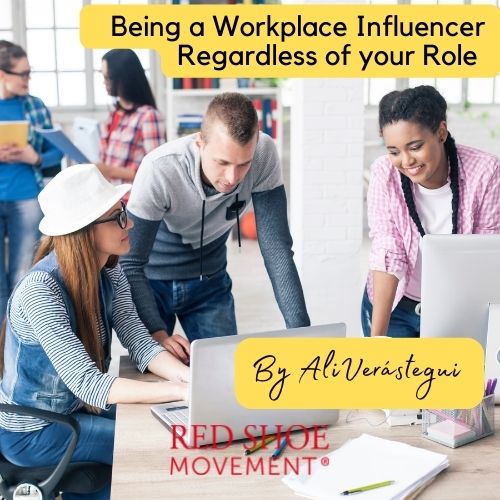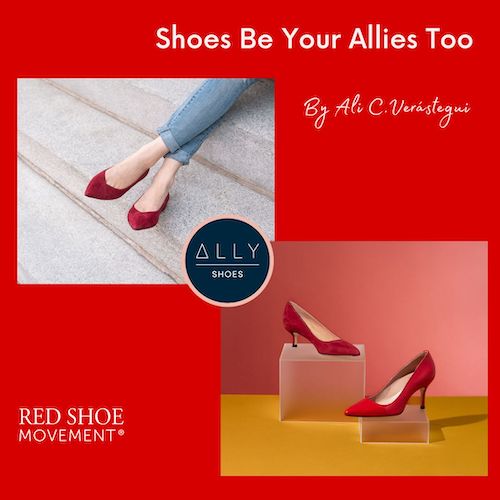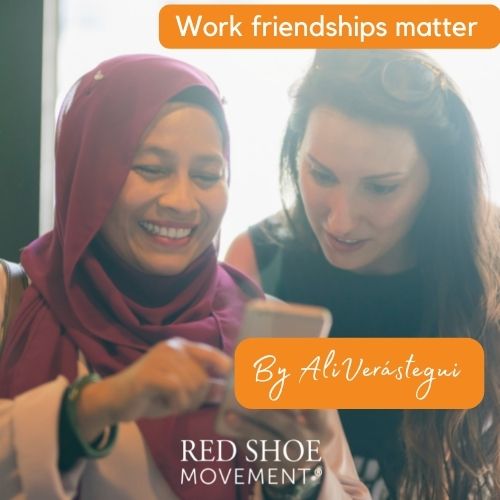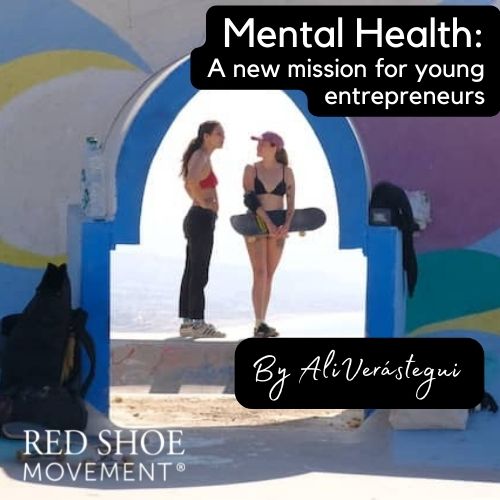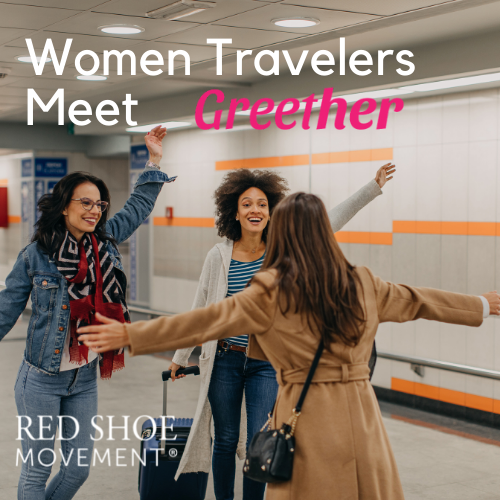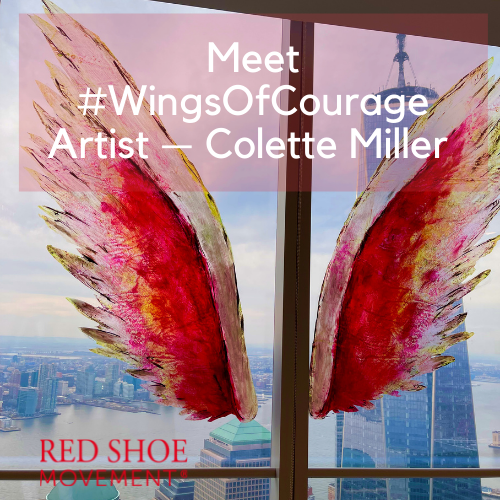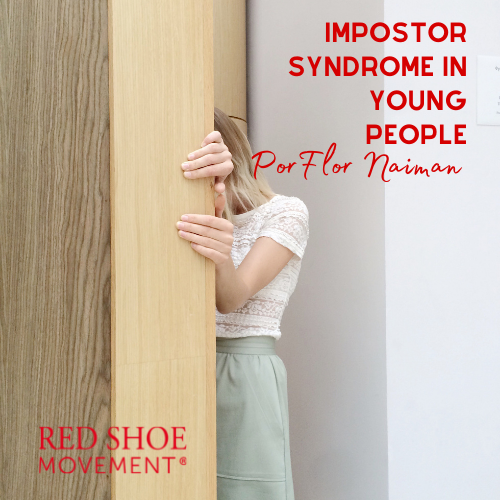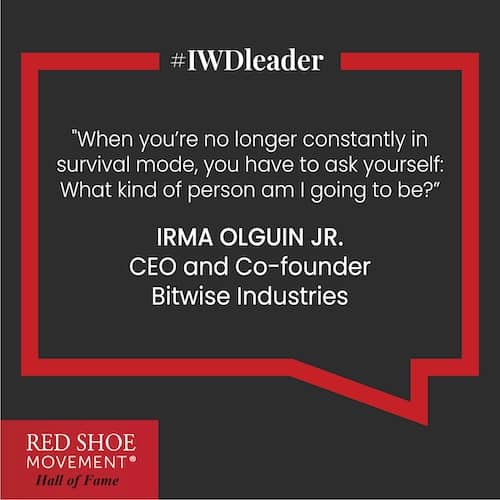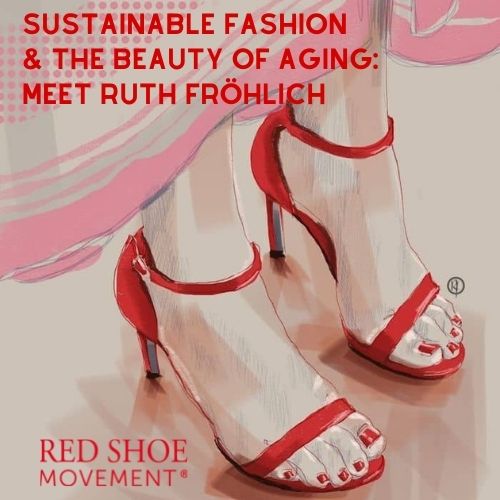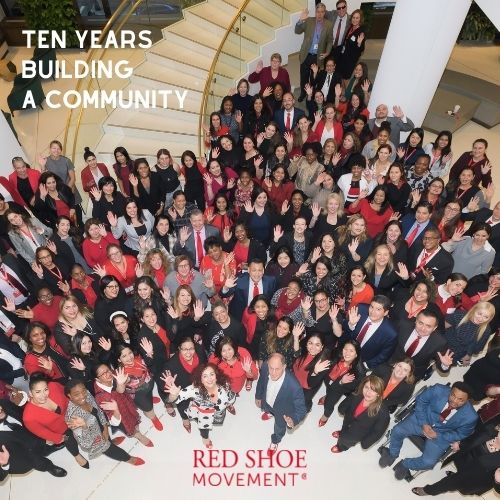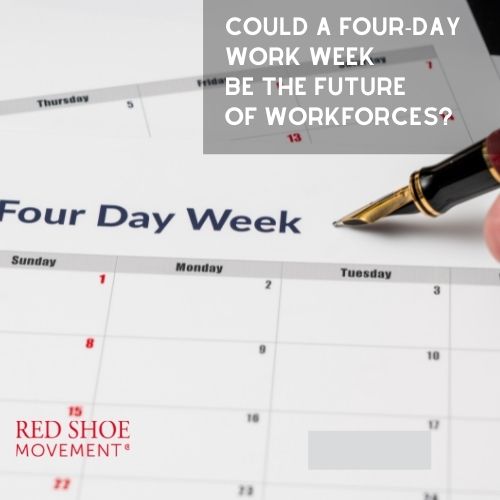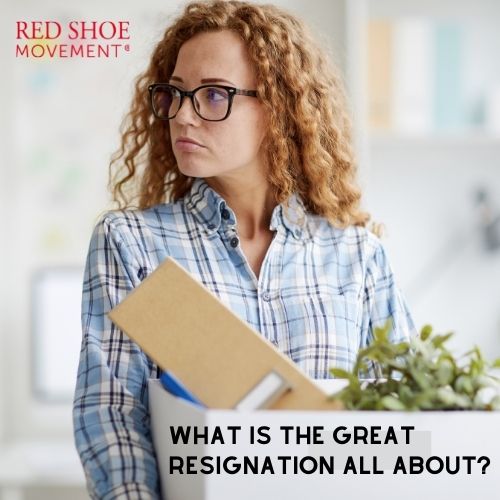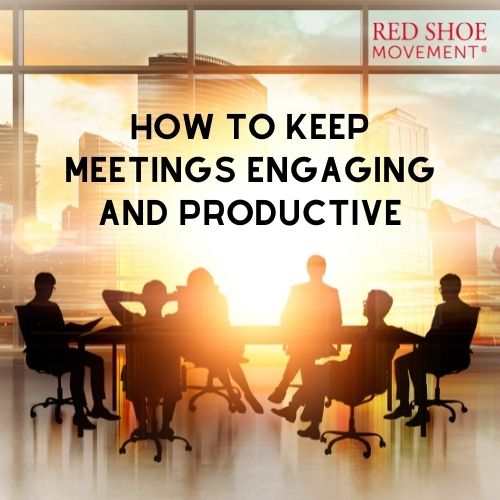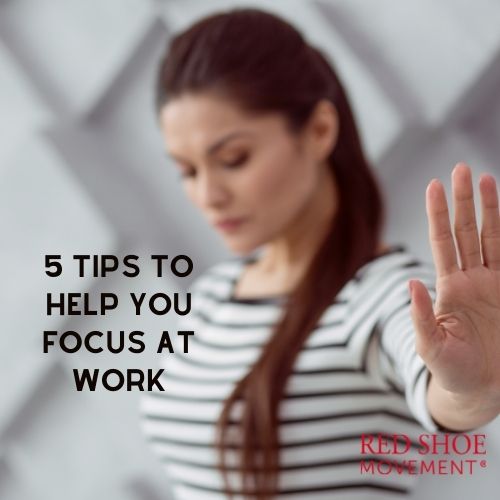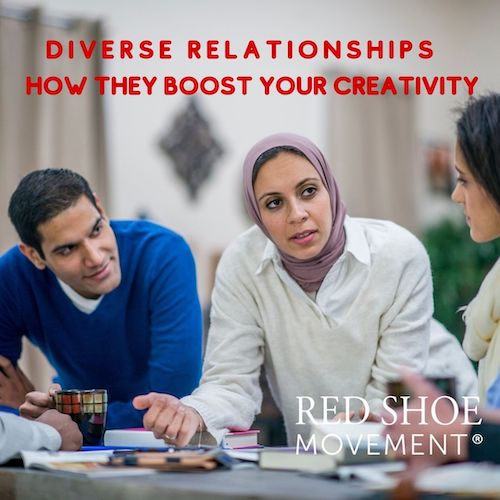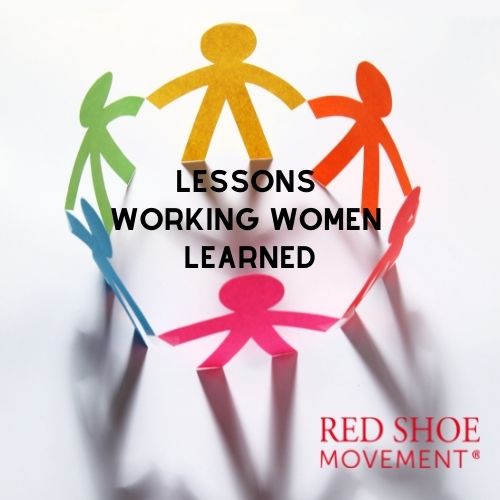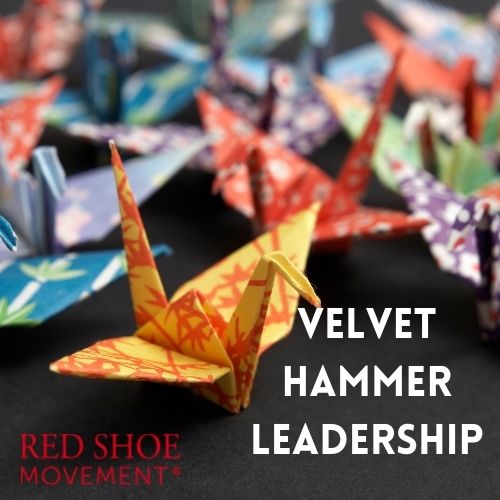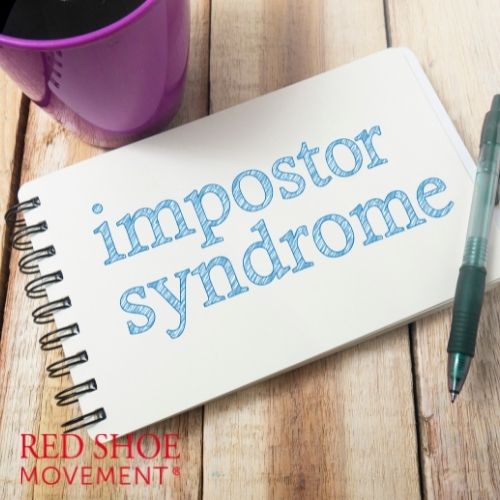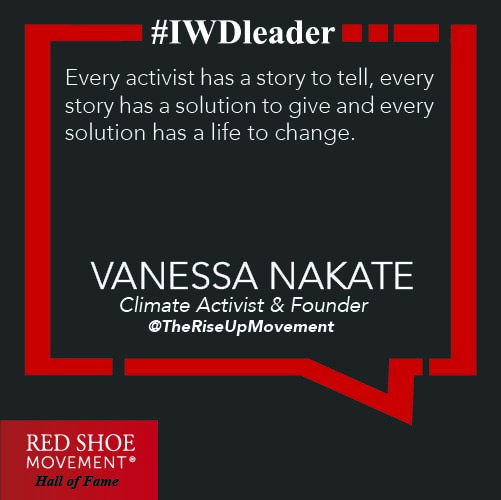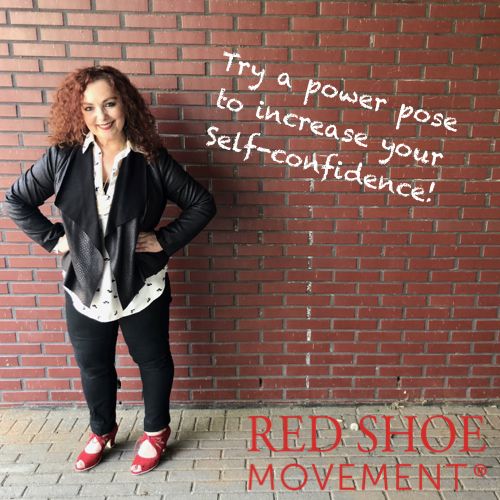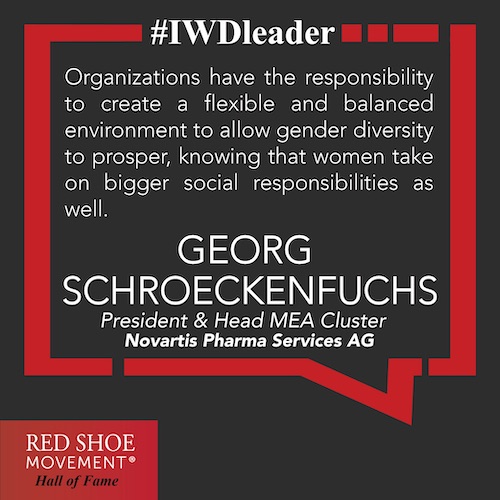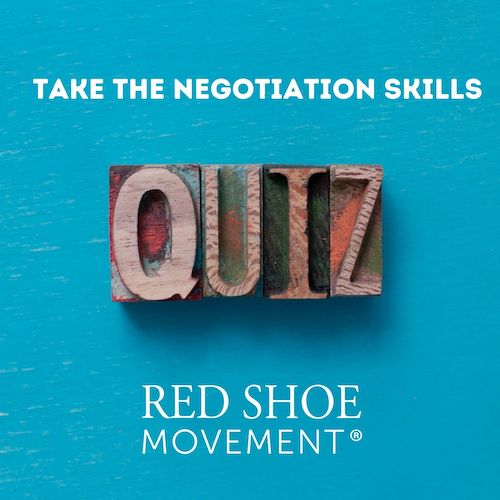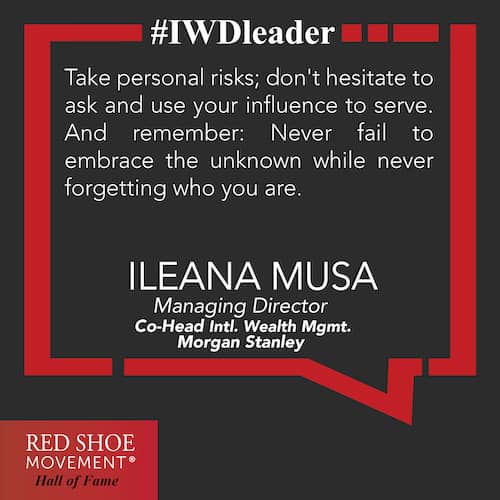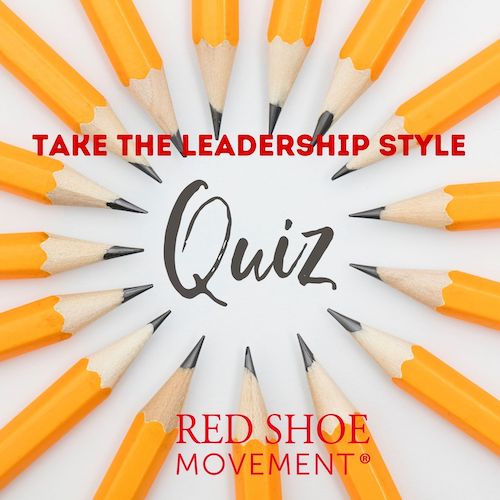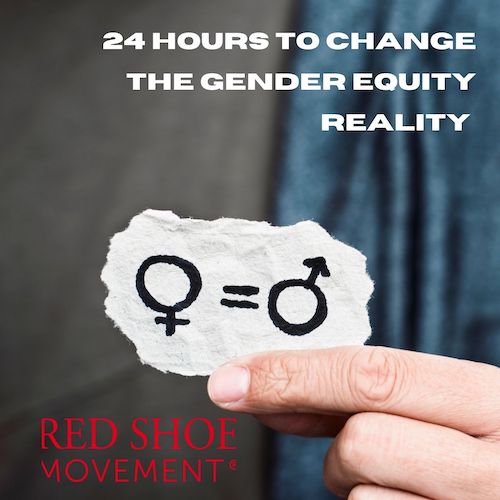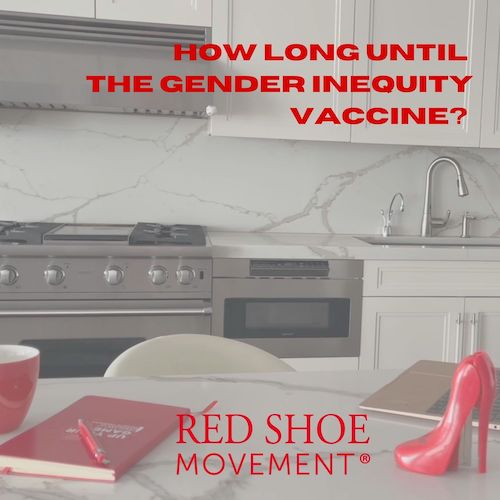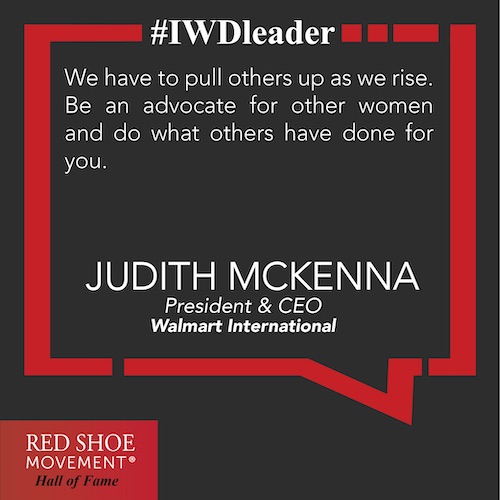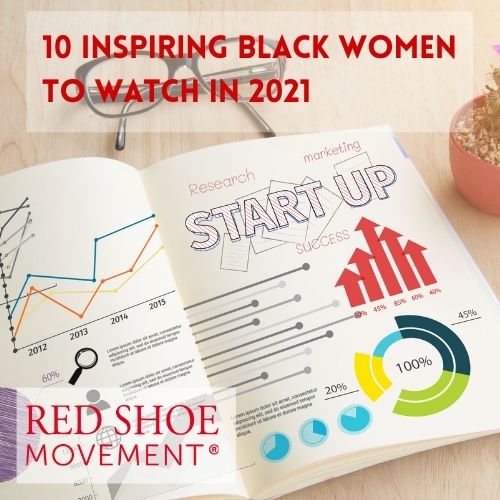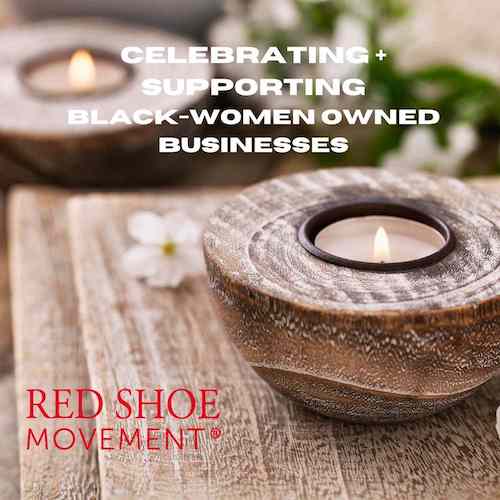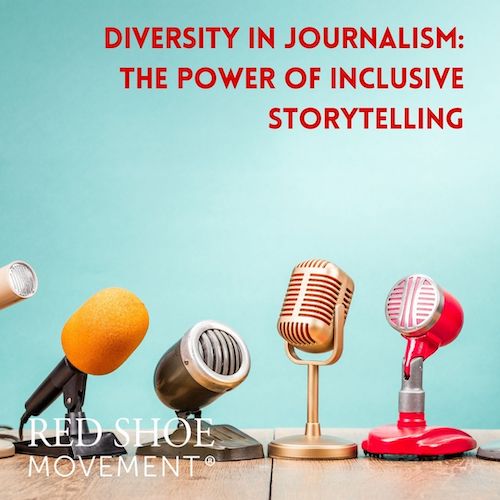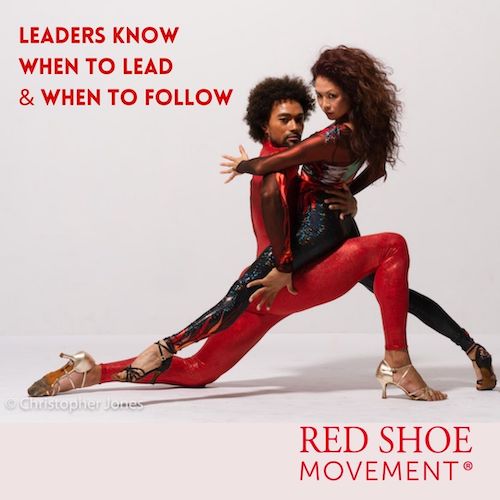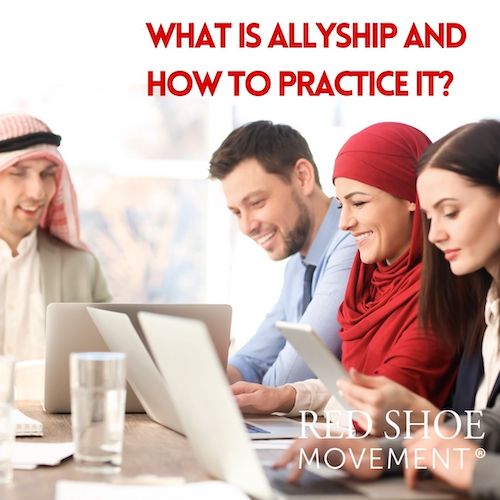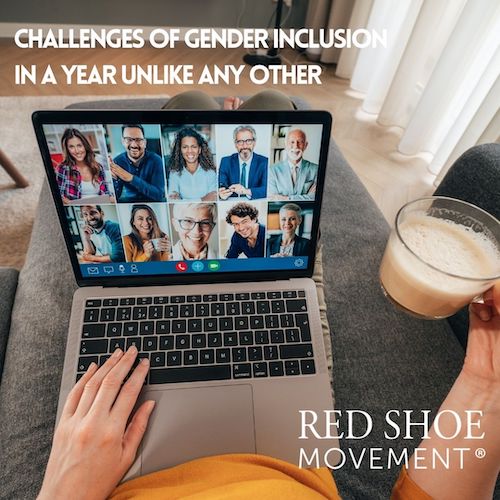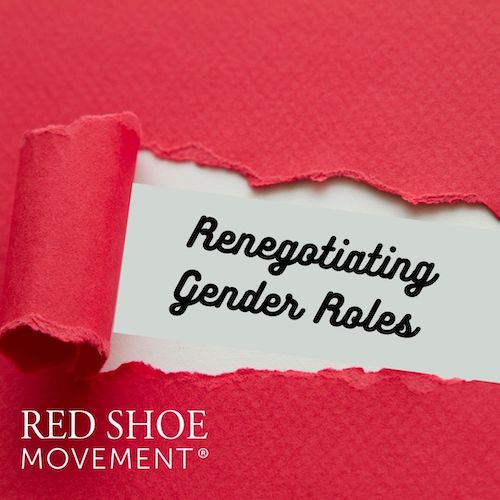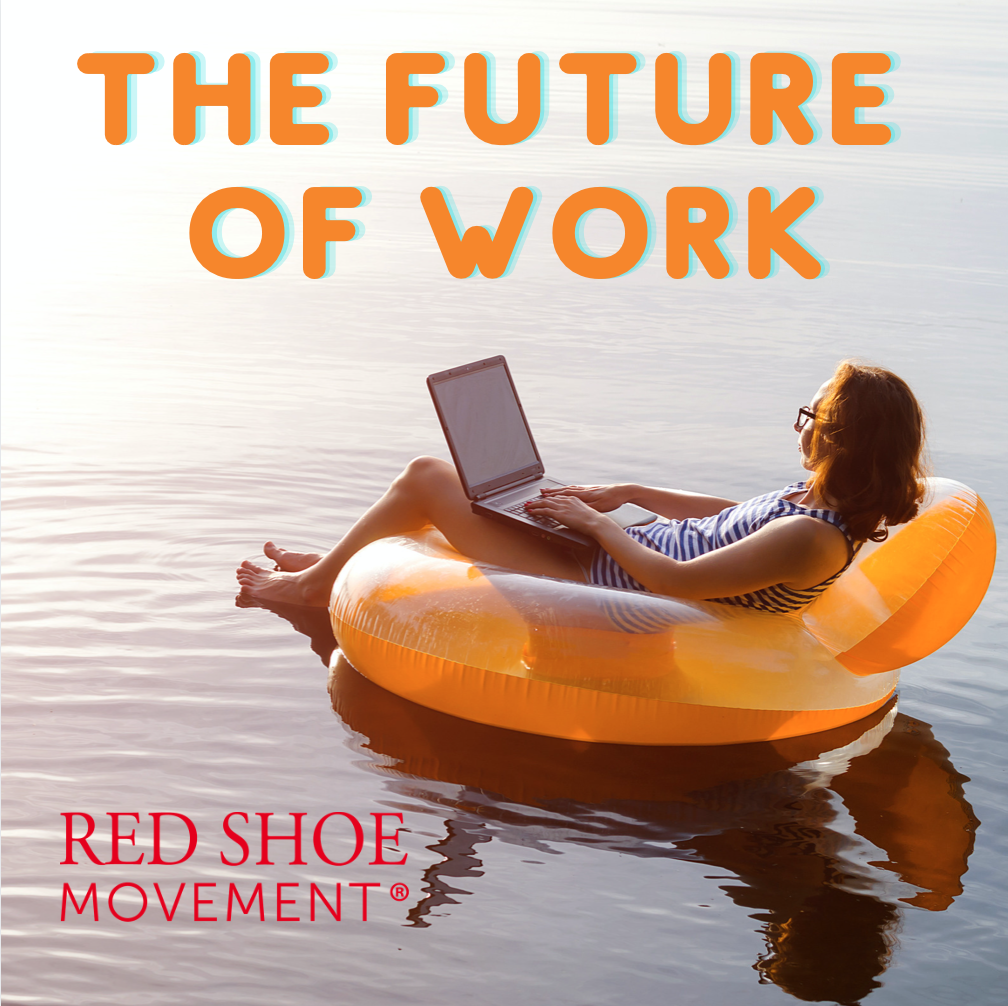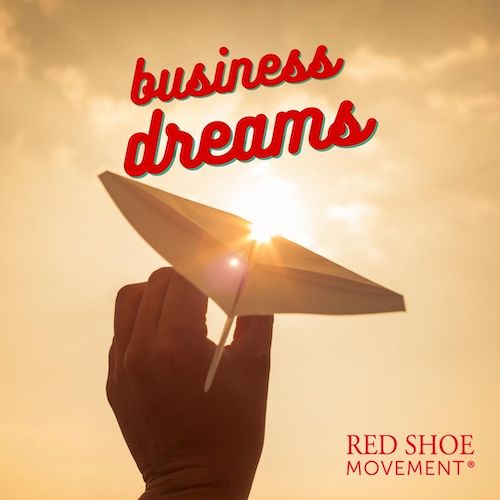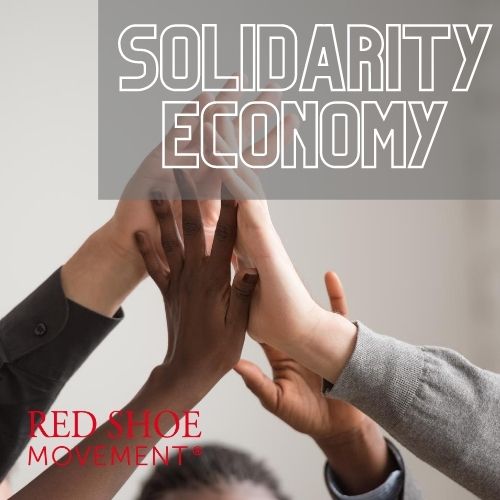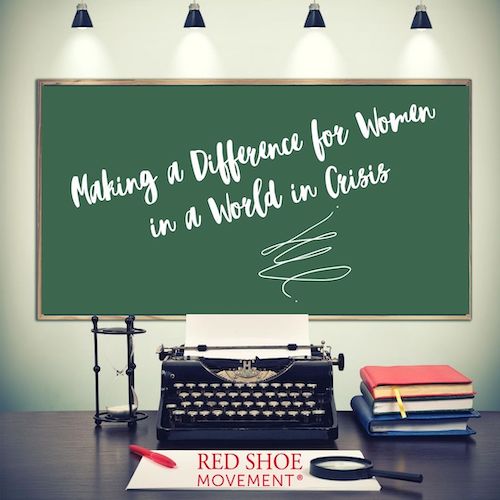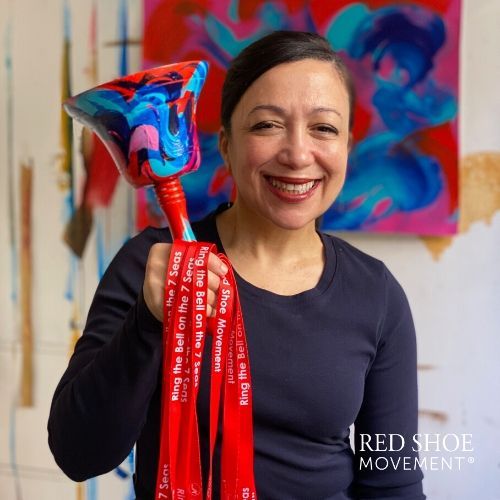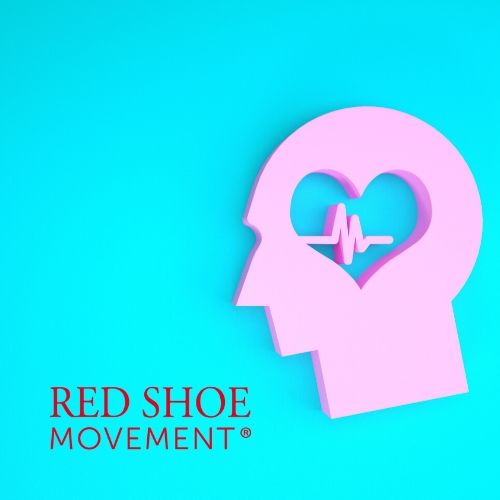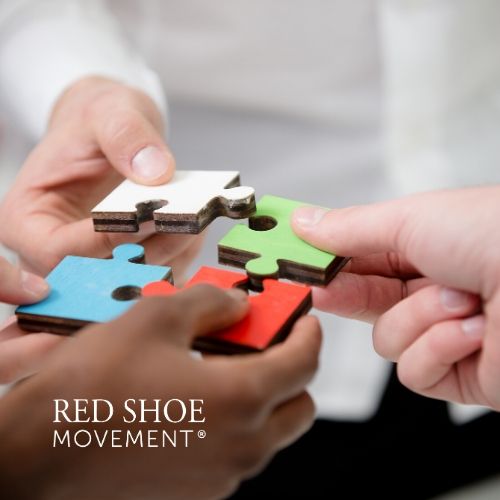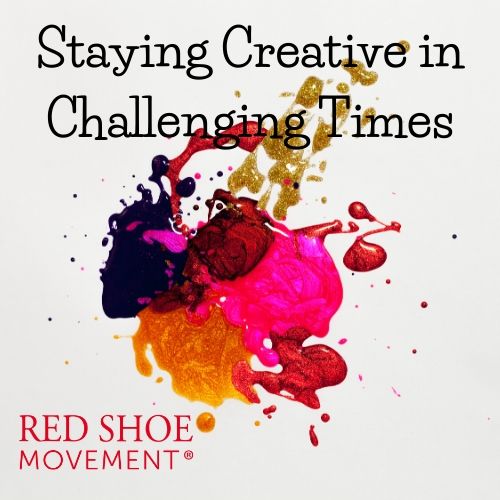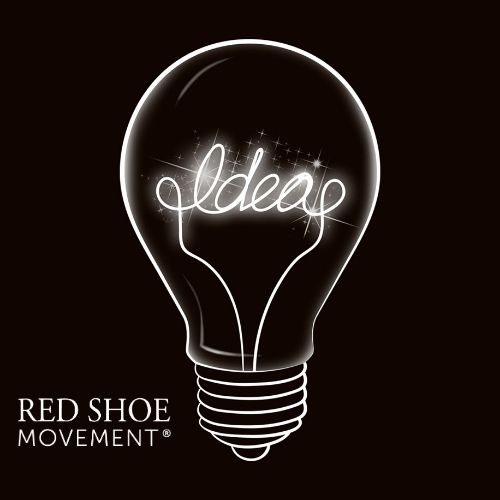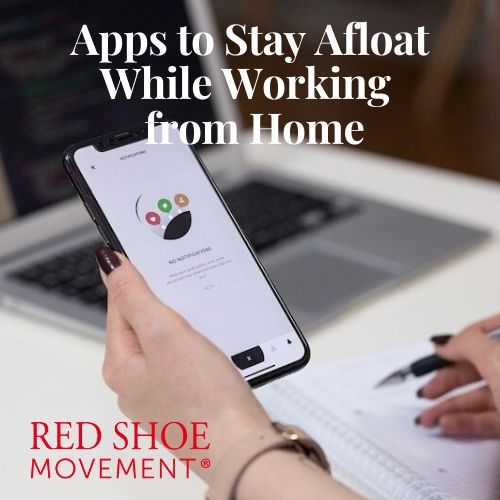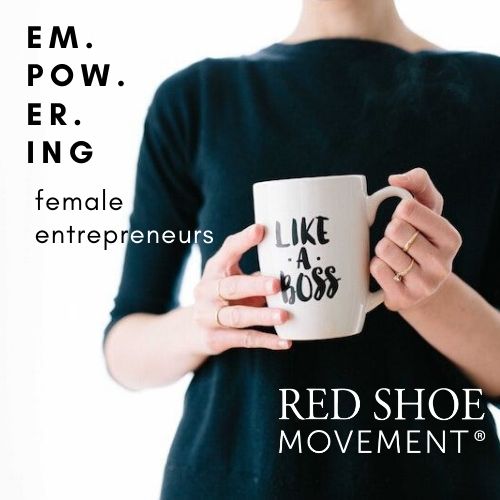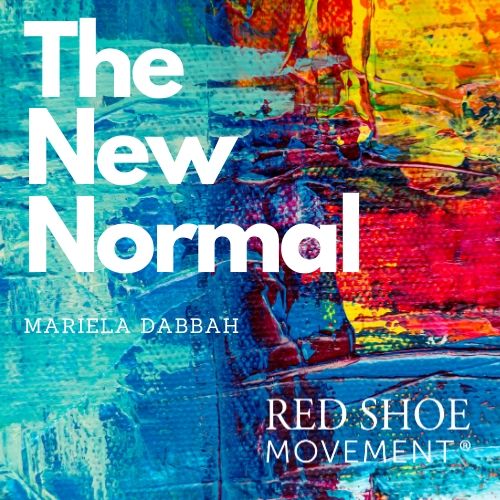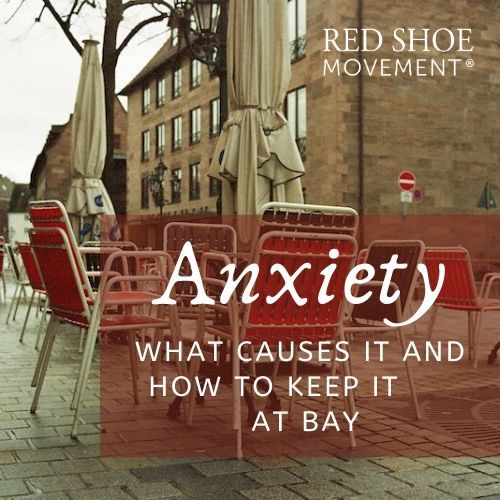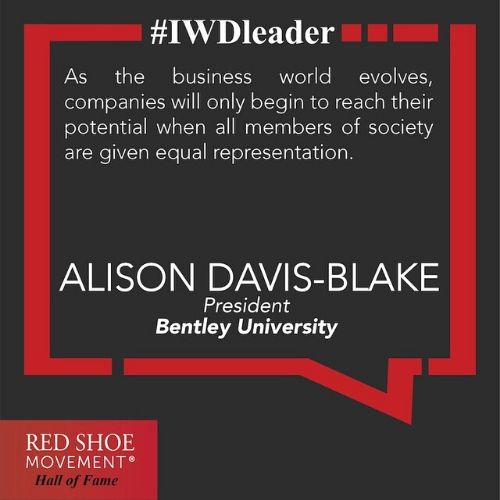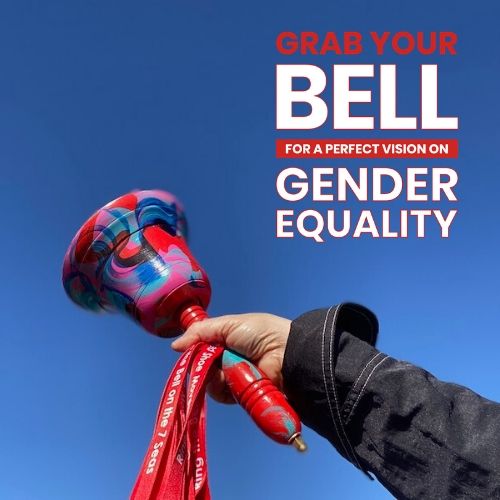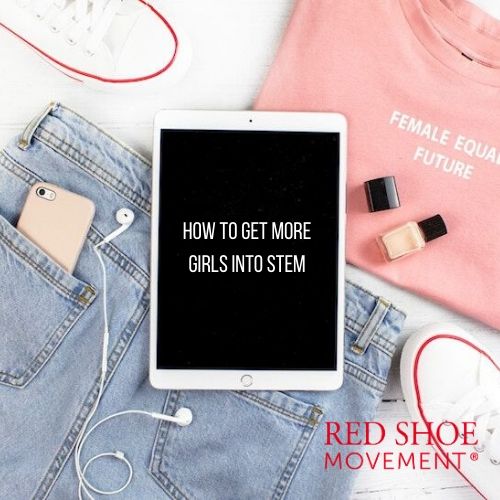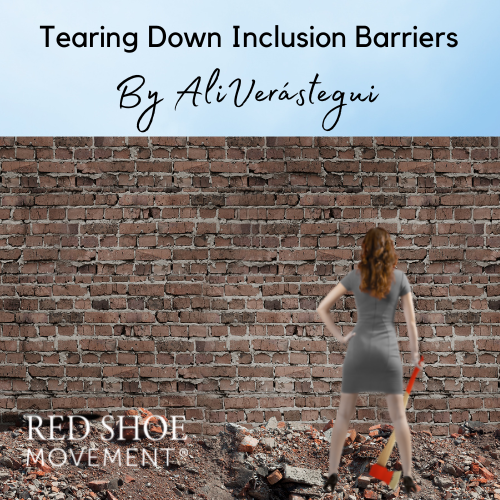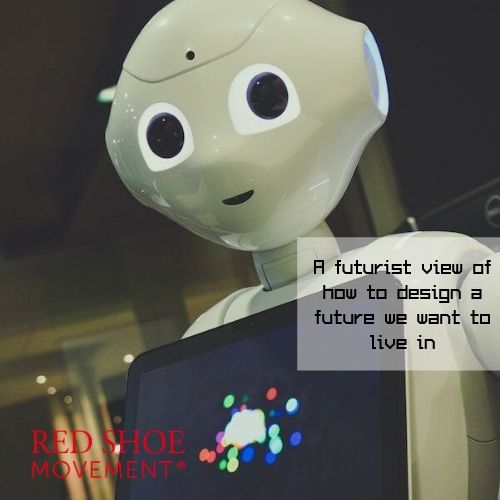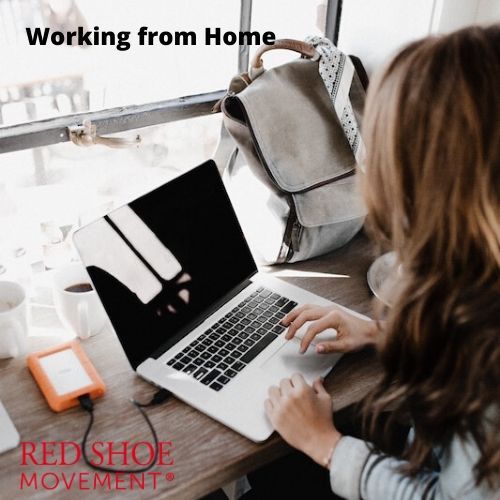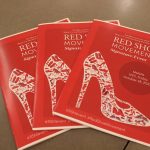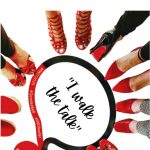It’s true: In the time of Tik Tok and Instagram some people do become an overnight success literally overnight. Yet, most of the overnight successes out there have walked a long, arduous journey to get here. I should know. I’ve been walking in women’s shoes for a decade.

Today I can walk barefoot with only red toenails and still participate in the Red Shoe Movement’s 10-year-old #RedShoeTuesday campaign. But it all started with a pair of traditional stilettos.
That’s right. Moreover, if you would’ve told me back in 2012 that almost nobody would be wearing high heels by 2020, I would’ve laughed out loud. But that’s what happened when the pandemic hit and we all stayed home with no need to dress up, much less to put on real shoes. Sock, sleepers, and sneakers have become the name of the game!
But ten years ago, when my book Find Your Inner Red Shoes (Penguin) came out — an invitation for women to define success for themselves to better align their aspirations with their goals— it featured a pair of red stilettos on the cover. They represented power with femininity.

As a result of having to explain the cover to every single journalist who interviewed me during the book’s media tour, we launched #RedShoeTuesday, the day when we all wear red shoes and ties to go to work to keep up the conversation around gender equity. And about designing workplaces that foster inclusion. Yes, that’s how the initiative was born: My reaction on live TV to the umpteenth time someone asked me “What do the red stilettos on the cover mean?” And don’t think it escapes me how dated this last paragraph is with concepts like ties and TV!
Walking in women’s shoes started with two awesome partners
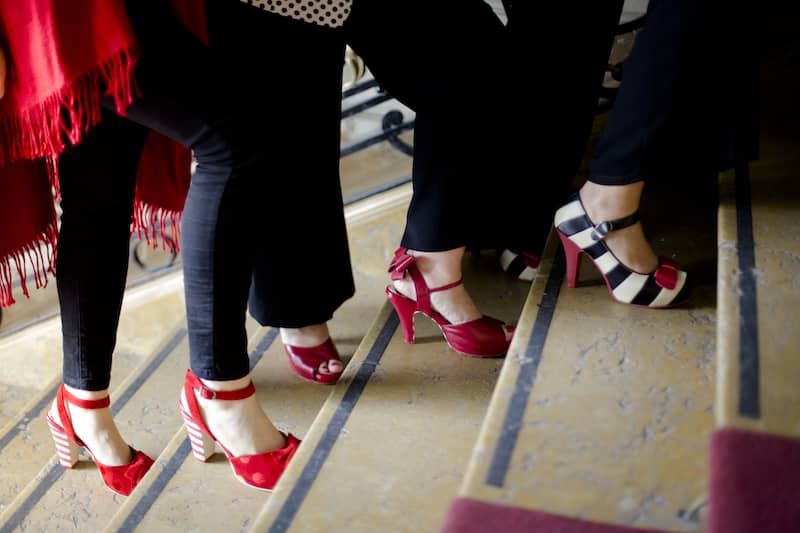
Of course, after the cat was out of the bag, we put a lot of thought behind the initiative and from the very beginning we encouraged women to wear whatever kind of shoes they preferred. To discover what felt like their metaphoric inner red shoe, what made them feel unique so they could reflect that in their careers and shoe choices. I respected my own whimsical style and partnered with Lola Ramona, a Danish designer who created shoes for women unafraid to make a statement. A little bit down the line, Faryl Robin, another of the very few woman shoe designers, joined the Red Shoe Movement as well.
[av_horizontal_gallery ids=’13750,13747′ height=’25’ size=’large’ gap=’large’ active=’enlarge’ initial=” control_layout=’av-control-default’ links=’active’ link_dest=” lightbox_text=” img_scrset=” lazy_loading=’disabled’ id=” custom_class=” template_class=” av_uid=’av-s4drmz’ sc_version=’1.0′][/av_horizontal_gallery]
Very quickly, I went from those first stilettos in which I could barely stand, to stripes, dots, and bows which motivated me to stay creative with my clothes and my brand and to further encourage others to fully embrace their own unique styles.
Men joined us very early on as both the company and the #RedShoeTuesday campaign have always advocated for men and women to walk side by side, to learn from each other and support each other’s careers. First, they wore red ties to take a stand, and many of them even bought red shoes and sneakers. Lately, as we have mostly been meeting virtually, red shirts, blouses, accessories, and lipstick are definitely more common.
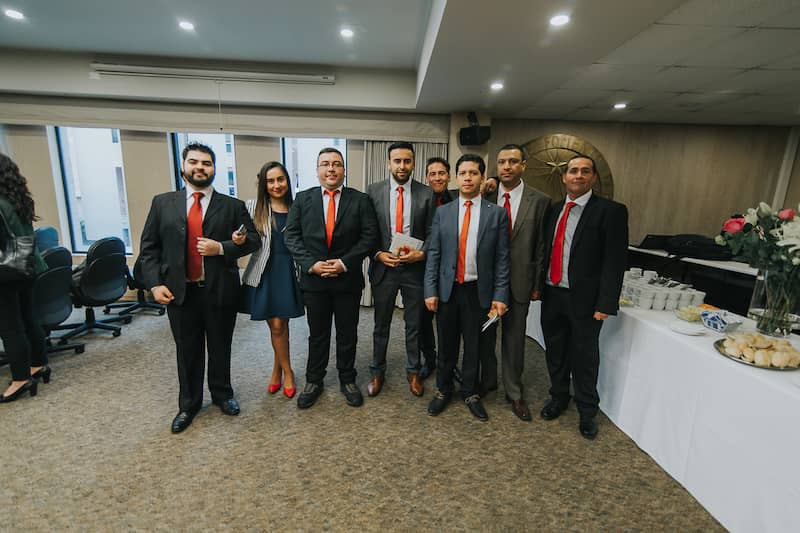
Some of what we’ve done we planned from the beginning, like our 7 RSM Principles, our leadership development programs for women and our marketing communications campaigns to promote gender equity. But a lot of it we created as we walked in women’s shoes. As we noticed we needed more programming to promote a culture of inclusion and allyship in organizations if women were going to be accepted as leaders.
As society continued to evolve and issues of privilege became more salient, as the definition of gender moved away from the binary men-women, so did we evolve. Our awards platform is a good example. We began by recognizing traditional corporate C-Suite leaders l and we now recognize a wider scope of leaders who are moving the needle in various spaces. And we have also started to bring art into our communication initiatives to connect us all and bring more diverse voices to the table. Such has been the case with our “Ring the Bell on the 7 Seas” and our upcoming #WingsOfCourage.
Along the way, I fulfilled my dream of being a TEDx speaker (here’s one talk and here is the other) and I practically dropped my heels in exchange for much more comfortable boots, flats, and Converses.
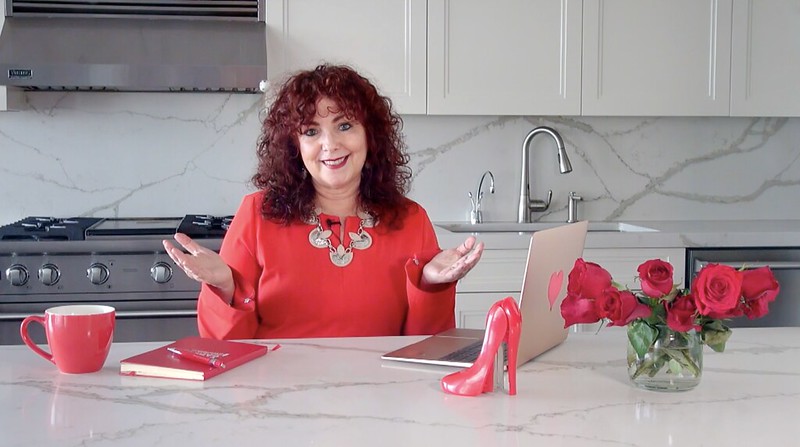
It’s been a long, humbling experience to walk in women’s shoes all these years. I met many young women who had no idea what they wanted to do when they grew up and saw them flourish into powerful professionals. I developed long-lasting friendships with executives who early on put their faith in our work and who continue to champion us no matter where their careers take them. I’ve seen many men advocate for our initiatives and push for change. And over this decade I’ve cultivated hundreds of mutual mentoring relationships with people around the globe.
It wasn’t all a bed of roses
Naturally, I’d be lying if I didn’t admit that I’ve experienced a good dose of rejection, many moments of unpredictability, and even backstabbing along the way. The fact that I don’t focus on them is an intentional choice. Just like any other entrepreneur, the only reason I survived the bad times is because I had a core group of friends and colleagues who had my back. To them goes all my gratitude.
As I continue walking in women’s shoes, the next decade looks both promising and scary. Promising as the conversation expands beyond the limiting definitions of gender and our organizations become more inclusive of everyone. Scary because it’s often a mere performative act that has little authentic interest in understanding the experience of the different groups that have been trying for decades to make room for themselves at the top. Moving from performative actions to honest ones will be the real work we’ll all have to embark on over the next few years.
So, although I consider that the Red Shoe Movement and its iconic #RedShoeTuesday campaign have come a long way since we started ten years ago, I believe there’s still a long way to go until we reach equity at all levels of decision-making. I hope you join me in this ongoing journey whether you come along barefoot or wearing the red shoes of your choice.
